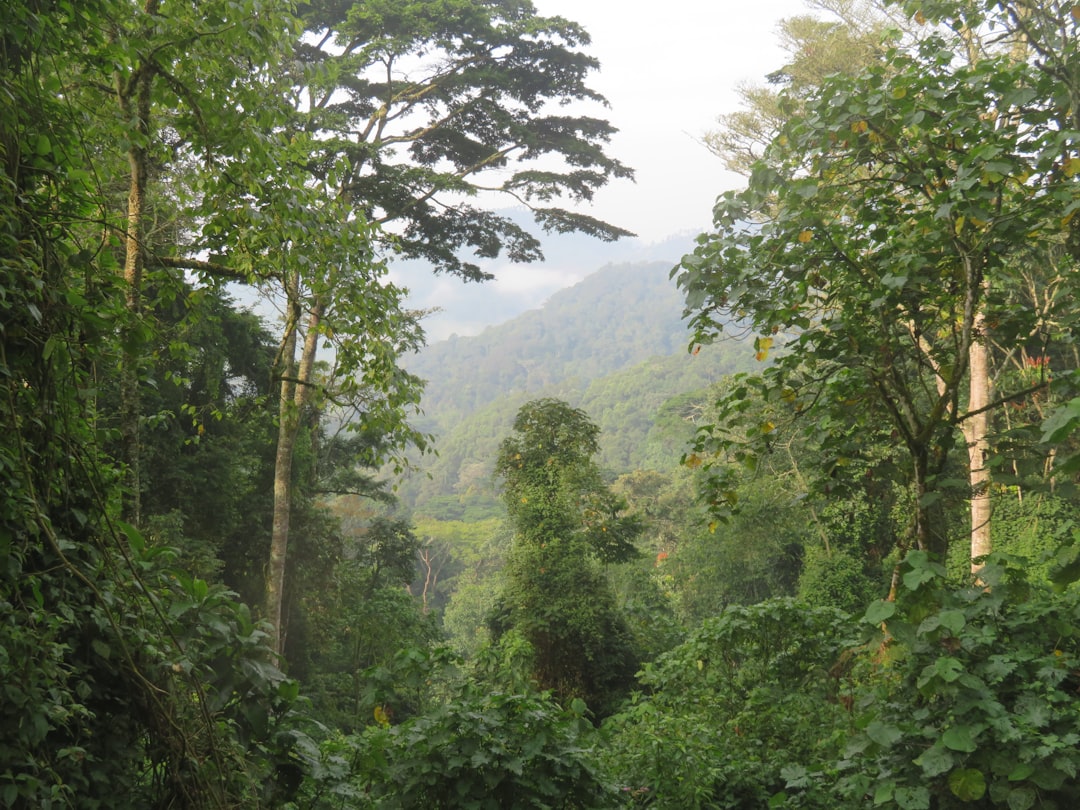What is it about?
Grouping animals interact socially to move together and make collective decisions. These interactions are typically assumed to be attraction to distant individuals, repulsion from too close neighbors, and alignment among neighbors to coordinate movement directions. Combining analysis of experimental data of schooling fish with agent-based modeling, we find that social interactions are modulated by relative speeds between neighbors, where individuals tend to align only with faster neighbors and ignore slower ones. These selective social interactions can be linked to dynamically changing leader–follower relationships defined by relative speeds of neighbors. Our results provide a deeper understanding of emergent leadership based on variable and adaptive speeds of individuals and a different perspective on mechanisms of movement coordination in natural and artificial systems.
Featured Image

Photo by Lance Anderson on Unsplash
Why is it important?
Our work provides evidence of attention switch mechanisms in schooling fish. These are believed to reduce the cognitive load of individuals and facilitate efficient and accurate decision-making processes. It suggests higher relevance of information provided by faster-moving individuals. This makes biological sense as informed individuals acting on privately acquired information, such as perception of a predator or food, are expected to move at higher speeds. But also, faster movement cues, embedded in a background of slower moving ones, are perceptually more salient. Apart from vision, the lateral line, with which fish detect movement, vibration, and pressure gradients in the surrounding water, is also reactive to neighboring individual speeds. Finally, our results imply a mechanism for dynamic adaptation of leader–follower relationships on short time-scales based on relative speeds.
Read the Original
This page is a summary of: Selective social interactions and speed-induced leadership in schooling fish, Proceedings of the National Academy of Sciences, April 2024, Proceedings of the National Academy of Sciences,
DOI: 10.1073/pnas.2309733121.
You can read the full text:
Contributors
The following have contributed to this page










